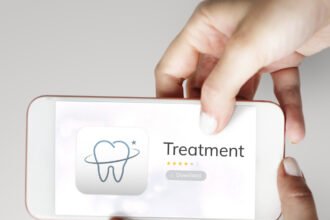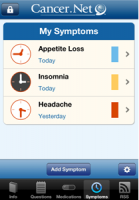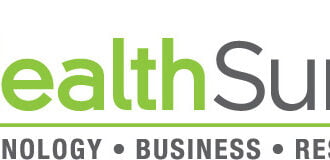 For many years, the most important consumer group for marketers to target has been the Baby Boomers (born between 1946 and 1964), yet there is a new group that healthcare marketers should have their eyes firmly fixed on: the Millennials.
For many years, the most important consumer group for marketers to target has been the Baby Boomers (born between 1946 and 1964), yet there is a new group that healthcare marketers should have their eyes firmly fixed on: the Millennials.
 For many years, the most important consumer group for marketers to target has been the Baby Boomers (born between 1946 and 1964), yet there is a new group that healthcare marketers should have their eyes firmly fixed on: the Millennials.
For many years, the most important consumer group for marketers to target has been the Baby Boomers (born between 1946 and 1964), yet there is a new group that healthcare marketers should have their eyes firmly fixed on: the Millennials.
This generation, generally referred to as being born between 1982 and 2004, are online, utilizing tools such as health apps and accessing health information through search engines, social media, and other online channels. More than any other age group, Millennials are more likely to show interest in using a mobile app to help manage their health.
So, if you want to reach the Millennials, you know where you need to be. Yet, is it worth taking the time and effort to specifically promote your medical marketing services to this group? The answer seems to be a resounding yes.
This digitally driven consumer, some of whom are now aged in their early 30s, take a vested interest in their own health and that of their parents, many of whom may be approaching retirement age. Wellness products, especially preventative care products, are of considerable interest, and urgent care, emergency, and pediatrics are also amongst their needs.
A successful strategy to reach this consumer must take into account certain factors. This generation was weaned on the internet – they are used to speed and efficiency. Millennials proactively search for information and want informative content that is straight to the point. Anything else is filtered out. And, they want everything shareable via social media.
Millennials are highly likely to engage with your brand on social media before your website. When compared with their older counterparts, the Baby Boomers, they also demonstrate much higher levels of trust with these channels. Thus, social media is a perfect platform to engage with them. They are users of Instagram, Pinterest, Vine and Periscope, all visual based platforms, and while Facebook, Twitter and LinkedIn are still relevant, they are starting to lose their interest.
The trick is to develop and present information in short, interesting, and informative chunks.Videos and strong visuals can greatly assist to clearly communicate your message and help your practice stand out. Each message or post that you create needs to be a step in a viewer’s journey with you, helping to form a relationship and an affinity with your brand.
Keep in mind that they conduct most of their research online when selecting health providers, yet you must move beyond traditional, old formula advertising and grasp their attention with on-demand webinars on health topics or dedicated Twitter hashtags.
When forming your marketing strategy, be sure to include blogging. Whether on your own blog or a third party blog, it’s an effective way to influence their decisions. Keep blogs short (no more than 1,000 – 1,500 words) with no sales or promotional pitches. Also consider inviting credible guest bloggers to your site or pitching your medical experts to contribute to popular health blogs.
As the Millennials start to exert their consumer and economic power, medical marketing services that recognize this group and adapt and tailor their messages accordingly, will ultimately win their brand loyalty and business.
This article was originally published on Medical Web Experts‘ blog.








